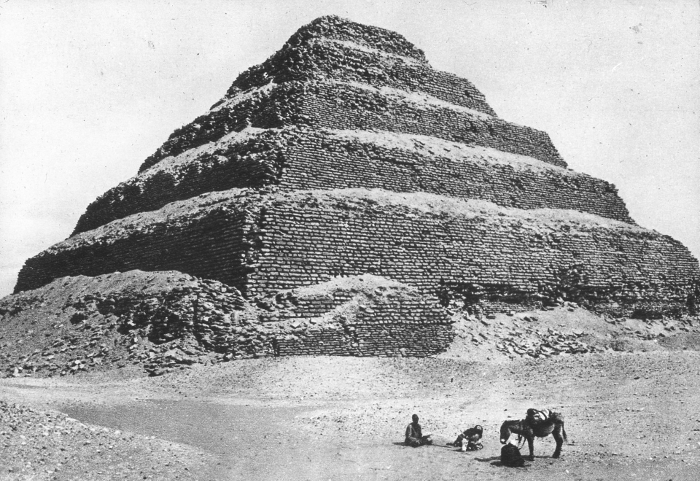|
Study: Ancient Egyptians Used Hydraulic Lift for Pyramid Stones
July 29, 2024
Researchers say that they have a new theory of how the Egyptians might have built their pyramids and it involves a water-powered lift. A French team of engineers and hydrologists found evidence of a hydraulic lift in the middle of the Step Pyramid of Djoser, the first notable pyramid built in Ancient Egypt. The team also incorporated another recent study, which found evidence of a now-dry river that would flowed close to the pyramid-building sites in ancient times, and concluded that the Egyptians would have used water to get the giant stones from quarries and then up into the giant structures for putting in place. Dr. Xavier Landreau and his team of hydrologists found tell-tale signs of an ancient hydraulic system in and around the site of the Djoser Pyramid, which is near the acropolis at Saqqara and was built more than 2,600 years ago. Satellite imagery revealed a structure that closely resembles a modern "check dam," used to stem the flow of flash floods. As well, the dry moat that surrounds the Djoser Pyramid would have been wet in ancient times, particularly because it is near two dry channels that would have also held water then, and would have enabled a system of underground pipes to send water into the middle of the pyramid-building site, to power the lift that carried the giant stones to the great heights seen today. The lift would not have been the kind seen today but would have been able to lift such weights through water power, a technology with which the ancient Egyptians were very familiar. Specifically, the theory is that the laborers would have placed the giant stones on rafts within the interior shafts and then used rising water to lift the rafts to the heights needed to place the stones. The new study builds on other recent findings, including that of a 600-mile-long network of stone walls that researchers say the ancient Egyptians used as a water management system.
The new study is rather different from preceding ones, which advanced theories involving the dragging of the large stones on wooden sleds across the desert and then getting them to great heights through a system of ropes and pulleys and levers or the use of earthen ramps that were later demolished. All of those theories had the stones being placed on the outside. The novely of the new study is the suggestion that the stones were placed from within. The study appears in the journal PLOS ONE. |
Social Studies for Kids |
Social Studies for Kids
copyright 2002–2024
David White





